8 RV Sales and Industry Statistics in Canada – 2025 Update
-
Shea Cummings
- Last updated:
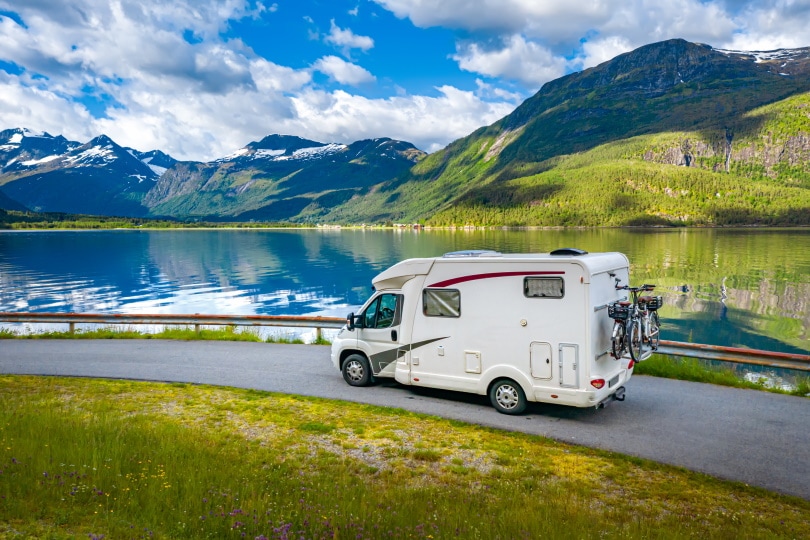
Note: This article’s statistics come from third-party sources and do not represent the opinions of this website.
When many people think of an RV, they picture a big motorhome or maybe a toy hauler. However, the RV industry includes other things, such as campers or trailers and tent trailers. And in addition to keeping smiles on Canadian faces, the industry provides a decent contribution to the economy.
The nice thing about this industry is that it provides millions of Canadians with options for camping and getting outdoors without needing to “rough it” in a tent.
The 8 RV Sales and Industry Statistics in Canada
- The RV industry supports an estimated 67,000 jobs and adds $4.8 billion in economic value.
- On average, the Canadian RV industry generates around $7 billion in sales annually.
- In 2017, the average loan amount of 200,000 loans for a new RV was over $59,000.
- RV retail sales have grown nearly 30% since the global economic crisis of 2009/2010.
- According to the latest report from RVDA, it’s estimated that 2.1 million Canadian households have an RV.
- In 2020, the RV industry had a 10-year high for sales at $9.91 billion.
- The RV industry employs 9,633 people as of a market research report written in December 2021.
- In 2021, RV production was 20% higher than the previous high in 2017.
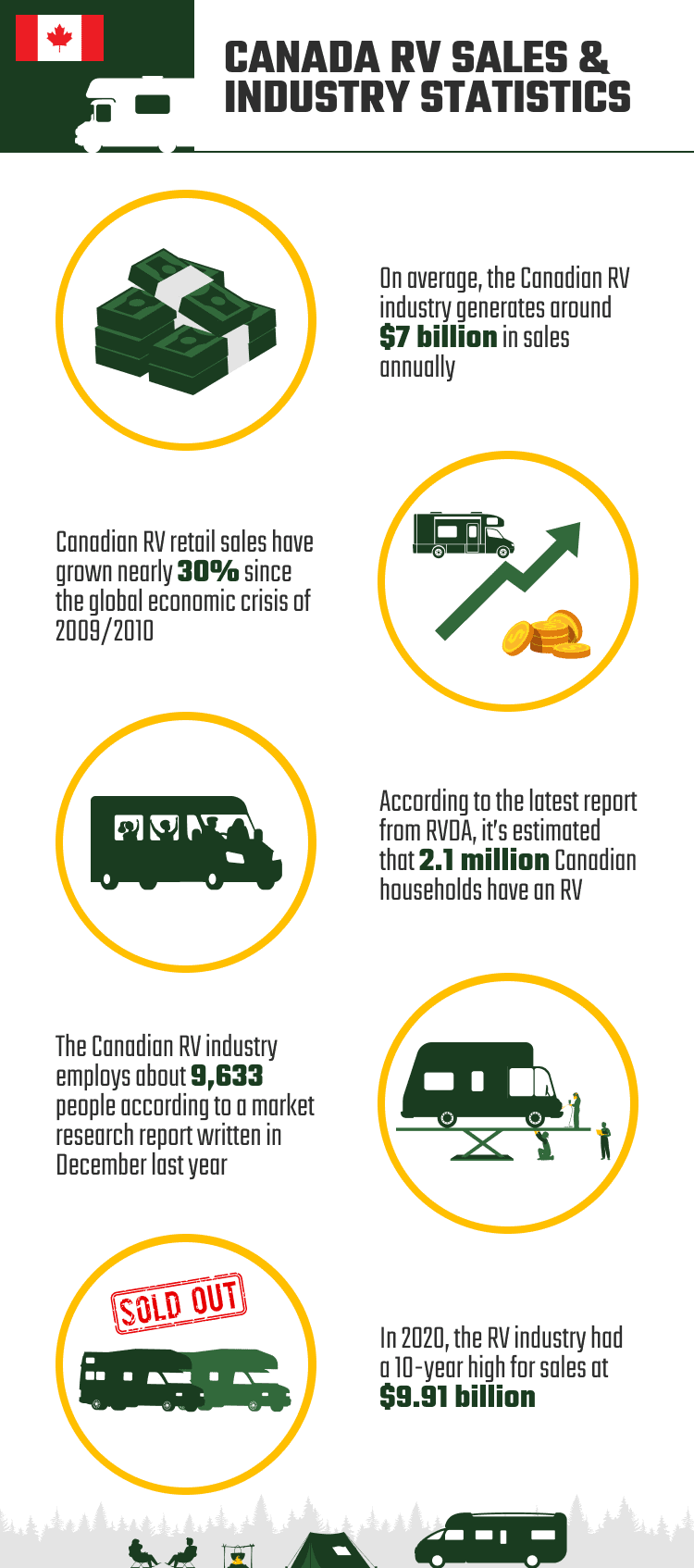
RV Sales and Industry Statistics
1. The RV industry supports an estimated 67,000 jobs and adds $4.8 billion in economic value.
(RVDA)
The RV industry is not all fun and games and vacations. The industry itself creates a ton of jobs for Canadians. It adds nearly $5 billion in economic value to the country. The one thing to remember is that this industry isn’t just about the sale of new RVs. Many different jobs are necessary for stability in this sector.
For example, you have salespeople, but maintenance technicians, manufacturing, office administration, and other roles contribute to making sure Canadians have the toys to spend their vacations outside.
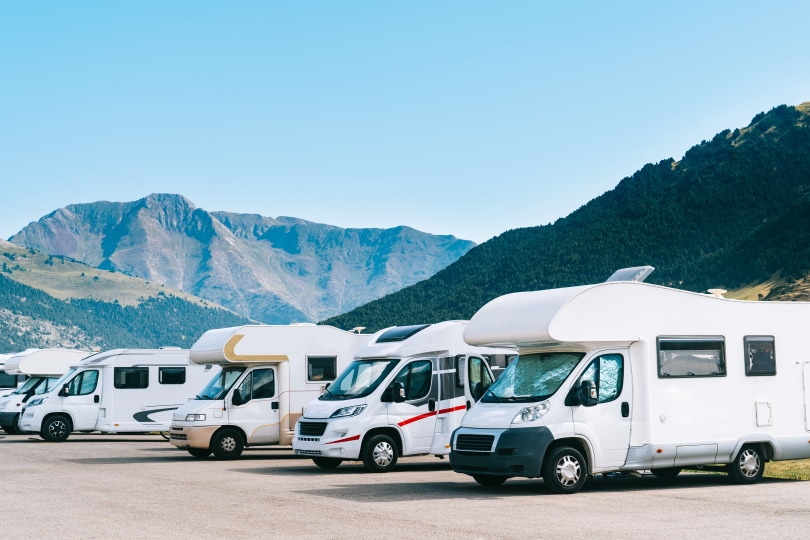
2. On average, the Canadian RV industry generates around $7 billion in sales annually.
(CRVA)
This average of $7 billion in annual sales has been going up for a few years. For example, since about 2014, there has been around a 2.7% increase in revenue year over year. During the beginning of the pandemic, there was a big dip in revenue. For 2019, the annual revenue was $4 billion.
That being said, some strong sales were happening in the recreational industry throughout the pandemic. So, once we see the latest stats, there will likely be a significant improvement.
3. In 2017, the average loan amount of 200,000 loans for a new RV was over $59,000.
(CRVA)
To put the hefty average annual sales into perspective, let’s look at 2017 sales. First off, there were around 200,000 new loans that year for RVs. The average loan amount was $59,000. Keep in mind that this statistic accounts for all RVs, such as campers, trailers, fifth wheels, motorhomes, etc. So, there would have been many that were cheaper, but there would also have been some that were more expensive.

4. RV retail sales have grown nearly 30% since the global economic crisis of 2009/2010.
(RVDA)
In 2009 and 2010, the world was hit with an economic crisis that hurt a lot of industries. In a time when people could barely afford to live, things like RVs became non-essential purchases, and sales plummeted.
However, in 2011, there was a slight 2% increase in sales. But it didn’t last, because sales declined again over the next 3 years. And growth was steady from 2016 on, bringing us to almost a 30% increase in revenue since 2010. However, when the figures are adjusted for inflation, it shows a much slower increase of 11.2% growth. Still, growth is growth.
5. According to the latest report from RVDA, it’s estimated that 2.1 million Canadian households have an RV.
(RVDA)
The nice thing about the RV industry is that it doesn’t cater only to the wealthy. According to a report from Recreational Vehicles Dealers Association, they estimate that around 2.1 million households in Canada have an RV.
Owning and using an RV still isn’t a “cheap” way to camp or vacation. However, it’s accessible to many people due to the less expensive options. For example, a smaller trailer will benefit someone on a budget. But for the person with a larger budget, there are some seriously luxurious options.

6. In 2020, the RV industry had a 10-year high for sales at $9.91 billion.
(Statista)
Ironically, in the midst of Covid-19, with all the lockdowns and closures around the country, the RV industry was booming! In fact, with a 10-year high in sales, the RV industry is going strong. As more statistics get released, we’ll probably see sales dip back to more “average” numbers. Life is going back to normal for many people, so people won’t be spending the same kind of time or money on their recreational activities.
7. The RV industry employs 9,633 people as of a market research report written in December 2021.
(IBIS)
Less than 10,000 jobs don’t seem to significantly contribute to the economy. However, one thing to keep in mind is that according to a report by IBIS, at the end of last year, the 9,633 people employed were spread across 1,109 companies throughout Canada.
As the industry continues to grow—like it’s forecasted to do—many more job openings will be available. Whether a person is in sales, administration, maintenance, or wants to work in the manufacturing facilities.
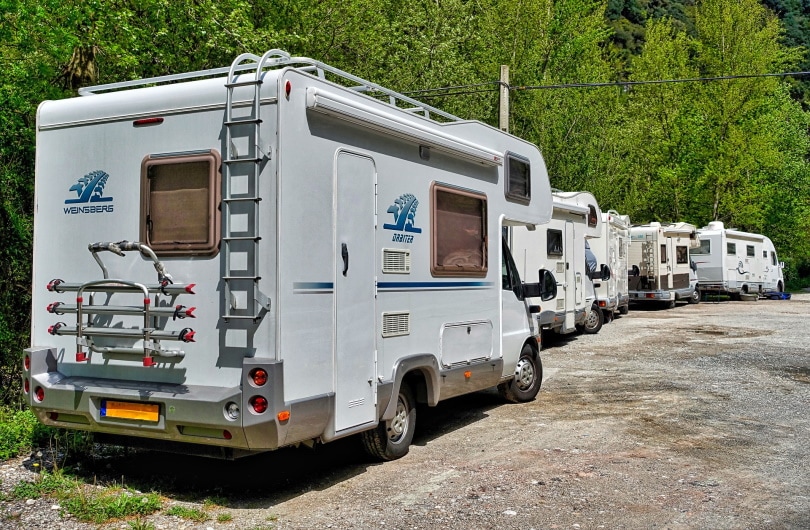
8. In 2021, over 600,000 RVs were produced in North America.
(CBC)
To put that into context, the previous high was 506,000 in 2017, which is a 20% increase in production. To keep up with the increasing demand for North America, production increased. Over 600,000 RVs were produced in 2021, which was an all-time high. The previous high for production was 2017 at a still respectable 506,000 units.
It’s hard to say whether production numbers will stay high because there have been a lot of production delays. Many manufacturers have a hard time finding all the components necessary, which slows things down.
 Frequently Asked Questions
Frequently Asked Questions
What is the best month to buy a new RV?
Whether you’re looking for an RV for pleasure or to stay in while working, one thing many people can agree on is that price is important. Much like vehicle shopping, a common question is when’s the best time to buy an RV.
Between October and January, most dealers will have a big dip in sales. These are typically the months that there will be big discounts and incentives. So, if you have somewhere to store it until spring, the winter is typically a great time to buy.
What is the most popular type of RV?
Out of the various RVs available, the travel trailer is the most popular when looking at sales. For example, there were 289,940 trailers sold in 2018 compared to 83,252 fifth wheels sold (which was the second highest. Regarding brands, Jayco held the lead, with Cherokee coming up close on its tail.
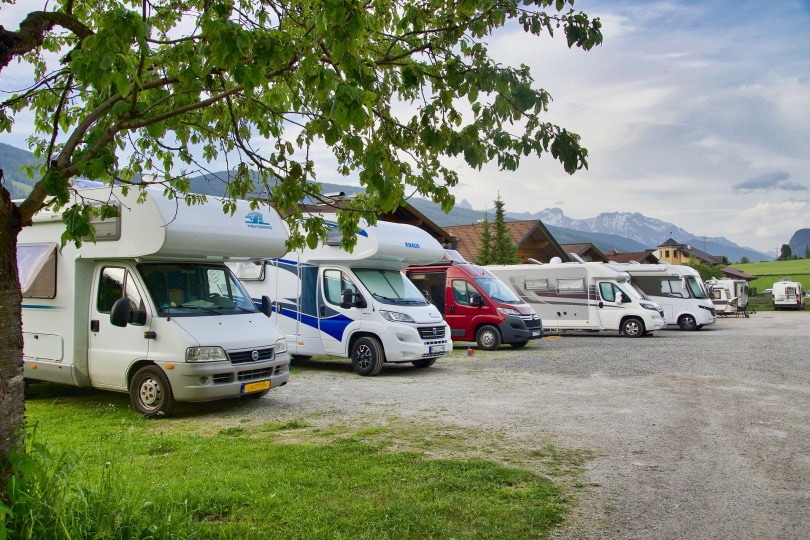
What is the average price of an RV?
There is really no “average price” when discussing RVs. This is primarily because there is such a wide variety of units available. You could pay as little as $10,000 (less for a used one) up to several hundred thousand dollars for a luxurious motorhome. If you’re just looking for an average-sized travel trailer with decent features, you’ll likely end up in the $20,000 range.
Is there a benefit to purchasing a new RV vs. a used one?
There are always pros and cons when comparing buying new versus buying used. One of the most significant benefits of purchasing a used RV is the significant price savings over the same new model. But when you purchase new, you’re benefiting from a warranty, which can be a real money-saver if there are problems. Additionally, there are often some incentives when buying new such as cash-back, bonus accessories, or special deals on future services and maintenance.
Conclusion
It’s always interesting to look at the industries that keep the economy strong in Canada. The last few years have been real hits on the global and local economies. But one thing that these RV sales and industry statistics show is that recreation was important to many Canadians when they couldn’t work or go on international vacations. Plus, there are some strong links to overall mental health and getting outdoors, which is something an RV is great for.
Featured Image Credit: Andrey Armyagov, Shutterstock
Contents

 Frequently Asked Questions
Frequently Asked Questions